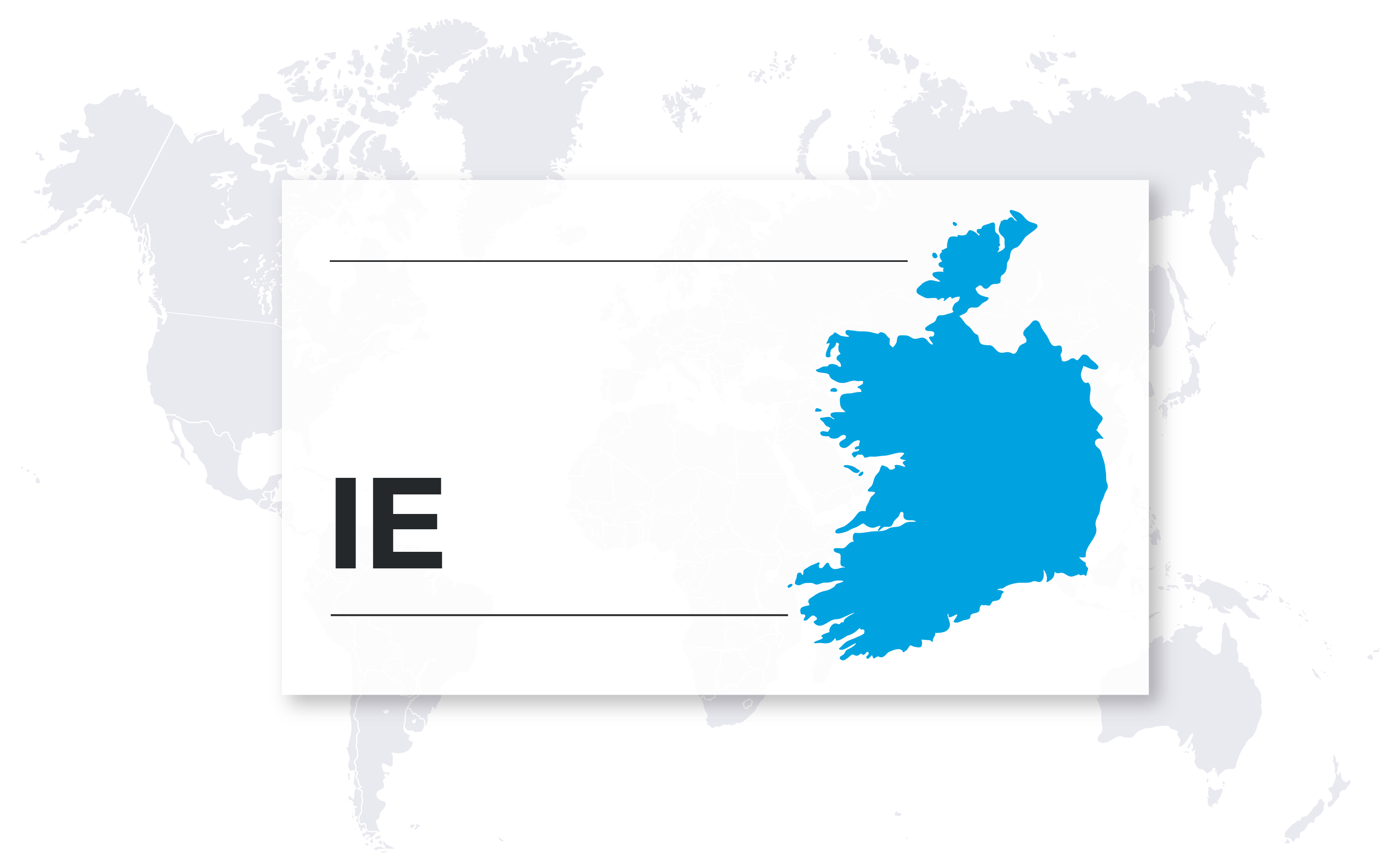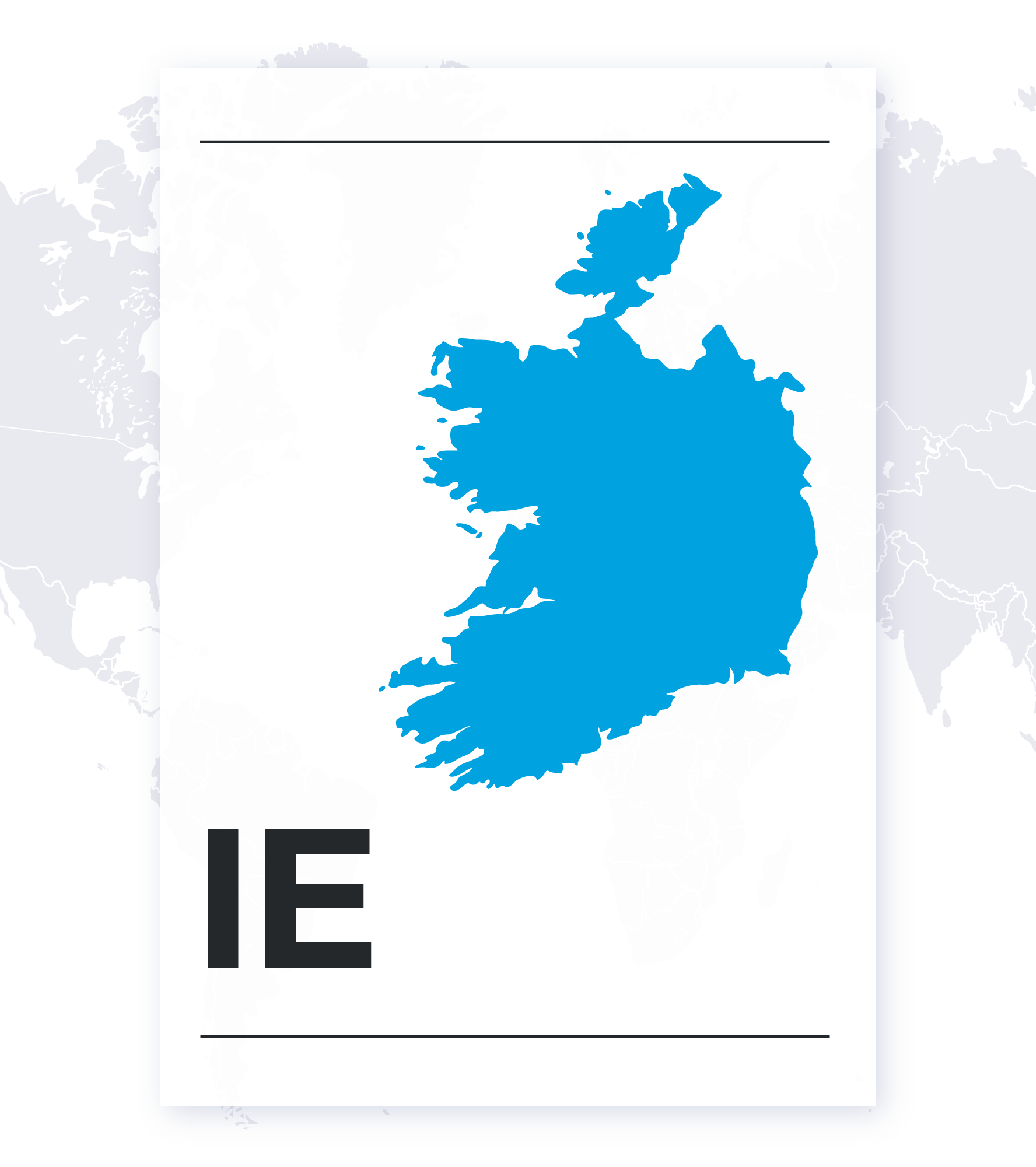Ireland pay data reporting law guide


Introduction
Ireland's Gender Pay Gap Information Act 2021 requires private and public employers to publish information on their gender pay gap annually. By 2025, all employers with 50 or more employees will be required to comply.
Contact us
Ireland Reporting Requirements
Who Needs to Report?
The Act phases in pay data reporting as follows:
- Employers with 250 or more employees have been required to publish gender pay gap reports since 2022.
- Employers with 150 or more employees must comply starting June 1, 2024.
- Employers with 50 or more employees must comply starting June 1, 2025.
Employers with fewer than 50 employees are exempt.
What to Report?
Companies are required to publish gender pay gap information and prepare a written statement explaining any pay differences based on gender. The statement must also detail measures being taken or proposed to eliminate or reduce pay gaps.
The Act requires applicable employers to select a reporting "snapshot date," during the month of June and publish their gender pay gap data six months after that date. Organizations must report on the following metrics:
- Difference (in percentage) between the mean and median hourly remuneration of male and female employees, part-time employees, and employees on temporary contracts.
- Difference (in percentage) between the mean and median bonus remuneration of male and female employees, part-time employees & employees on temporary contracts.
- Difference in the percentage of male and female employees paid bonuses.
- Difference in the percentage of male and female employees who received benefits-in-kind.
- Percentage of male and female employees in each of the lower, lower middle, upper middle and upper quartile pay bands.
- Employer's opinion on the reasons for such differences.
- Measures (if any) proposed or taken to eliminate or reduce such differences.
The pay data on which calculations are based will reflect employee remuneration for the 12 months preceding the snapshot date.
Where and When to Report?
Regulatory Filing
Gender pay gap reports are to be published and made accessible to all employees and the public, but regulatory reporting is not required.
Gender pay gap information must be published on the employer's website, or made available in physical format at the employer's principal place of business if a website does not exist.
Internal Disclosure
Employees must have access to gender pay gap reports, including the reasons for pay differences and the measures being taken or proposed to address those pay gaps.
Deadlines and Cadence
Reports must be submitted annually in December, six months after the chosen snapshot date.
Ireland Pay Transparency Requirements
There are currently no legal requirements for employers to post salary details to applicants or employees in Ireland regarding specific positions.
Employment equity standards
Ireland's equality laws require equal pay for like work, which is defined as the same, similar, or work of equal value.
Ireland's Employment Equality Acts 1998-2015 are aimed at protecting people from discrimination and harassment in the working environment. The Acts apply to all full-time, part-time, and temporary employees in the public and private sector, as well as vocational training bodies, employment agencies, and trade unions, professional and trade bodies. All types of employment are subject to the principle that workers receive equal pay without discrimination.
The Risks of Non-Compliance
Enforcement of the Act is overseen by the Workplace Relations Commission (WRC) and the Irish Human Rights and Equality Commission (IHREC).
An employee who claims that his or her current employer has failed to comply with publishing gender pay gap information may file a complaint with the WRC, which will investigate to ensure compliance.
The IHREC then has two courses of action to consider. It may apply to the Circuit Court or High Court for an order requiring the employer to comply or may carry out an equality review and prepare and implement an equality action plan for the employer.
Financial penalties for non-compliance are not specified in the Act.
How Can Trusaic Assist with Ireland Gender Pay Gap Reporting Compliance?
1. Comply - Use Trusaic's GPDR solution to complete required reporting by compliance deadlines:
Applicability Determination: Perform an accurate assessment of your applicability, according to jurisdictional specific definitions and regulatory frameworks so you can understand your reporting obligations across the globe.
Deadline Management: Prepare ahead of time with project timelines, timely notifications, and reminders, to keep you on track to meeting jurisdictional deadlines.
Expert Legal Guidance and Support: Benefit from the expertise of our trusted pay equity attorneys, so you understand your compliance requirements across a diverse global regulatory landscape. Receive world-class customer support, including assistance throughout the compliance process.
Streamlined Data Extraction: Collect the necessary data for analysis and submission with a simple click of a button; powered by certified data integrations with the world's largest HCM, HR and Payroll platforms, including Workday, SAP, UKG and ADP. Provide data through Trusaic’s Workplace Equity platform, a SOC 2 Type II and GDPR-compliant tool for data transmission.
Data Quality Assurance: Trusaic performs data validations to ensure your collected data and information aligns with the standards and definitions provided by each jurisdiction.
Compliant Report Outputs: Take away the burden of reporting by effortlessly generating outputs containing necessary compliance information.
Reporting Checklist: Follow step-by-step guidance on where, when and how to report to any jurisdiction’s regulatory body, as well as your required internal disclosure and public posting obligations.
2. Correct - Use PayParity and OpportunityParity to understand, explain and resolve pay disparities:
Risk Assessments: Stay aware of any potential exposure to any government audit or litigation. Our cross-functional team of data scientists, statisticians, and government regulatory compliance experts have rigorously worked to reverse-engineer the calculations that will be used by jurisdictions to estimate pay disparities, so you can prepare in advance.
Understand your Pay Gaps: Leverage Trusaic's pay equity software solution to explain your pay gaps so you can understand the root causes and safeguard from equal pay claims and legal action.
Resolve Pay Disparities: Make pay adjustments where applicable so you can eliminate pay disparities and show improvements in your reported pay gaps from one year to the next.
Identify Barriers to Professional Growth: Ensure workforce diversity and equity with hiring, promotion, retention, and opportunity analytics using opportunity equity software solution.
3. Communicate - Use Trusaic’s Workplace Equity Solution to communicate narratives and share salary ranges with confidence:
Workplace Equity Narrative: Communicate the sources of your pay gaps, progress objectives, and corrective measures to employees and internal stakeholders with Trusaic’s Workplace Equity product suite. Show data-backed progress in your pay gaps over time.
Salary Range Explainability: Use Salary Range Finder to establish and post competitive and equitable pay ranges to confidently comply with pay transparency laws.
Mitigate Risk of Recurrent Pay Disparities: Ensure new hires receive fair pay offers with the use of external labor market data and internal pay equity analytics to reduce unplanned and expensive pay remediations.
How to Prepare to Comply with the EU Directive
The EU Pay Transparency Directive was approved in 2023, establishing a clear framework for EU member states to apply the principle of equal pay for equal work or work of equal value.
EU member states have three years from June 7, 2023 to transpose the directive into law. Likely implementation dates are 2026, however, some countries may enact legislation earlier. All 27 member states are required to adopt the directive.
Employers operating in EU member states can take several preliminary steps to ensure compliance with the upcoming legislation. The EU Directive includes a requirement for a Joint Pay Assessment where pay gaps are higher than 5%. At 9.6%, Ireland's gender pay gap is one of the lowest in the EU, however, pay gaps across economic sectors vary significantly. Most of Ireland's employers are at risk of sanctions.
Trusaic is GDPR compliant and can assist any organization in any EU state in meeting its obligations under both the EU Corporate Sustainability Reporting Directive and the EU Pay Transparency Directive.
Sign up for PayParity by May 31, 2024
and receive OpportunityParityTM at no additional cost
Sign up for PayParity by May 31, 2024 and receive OpportunityParityTM at no additional cost
